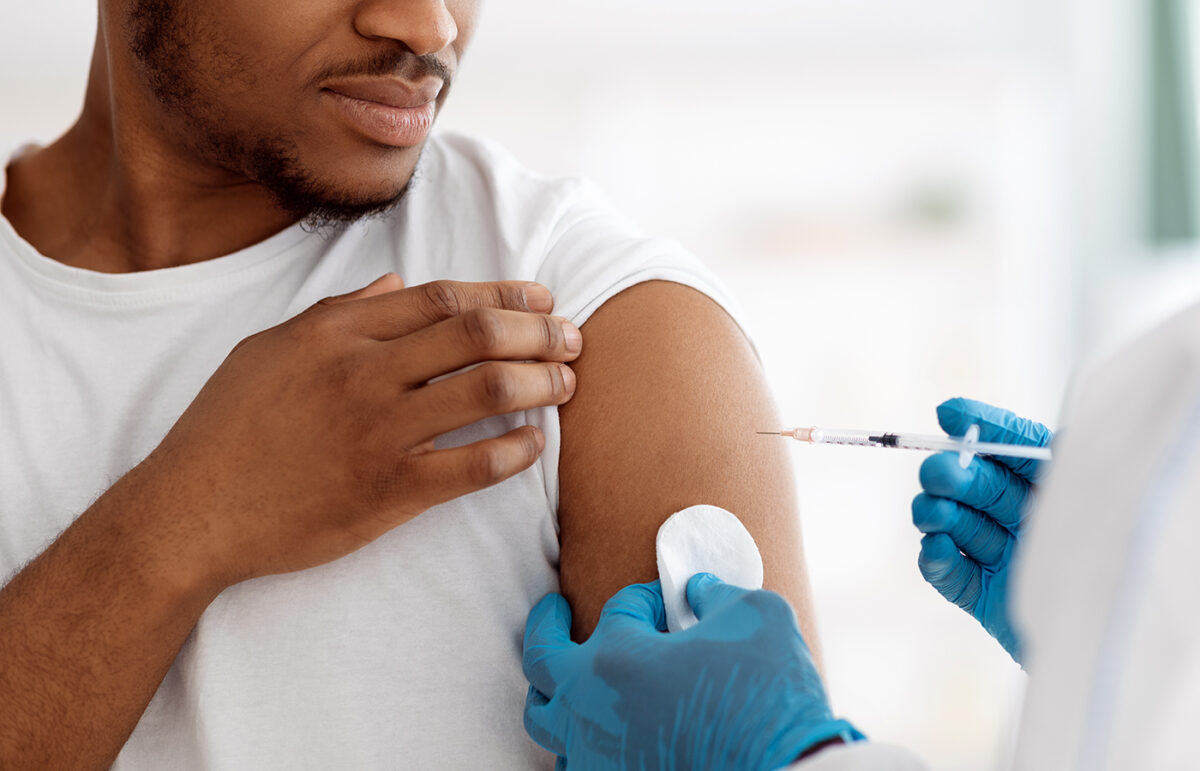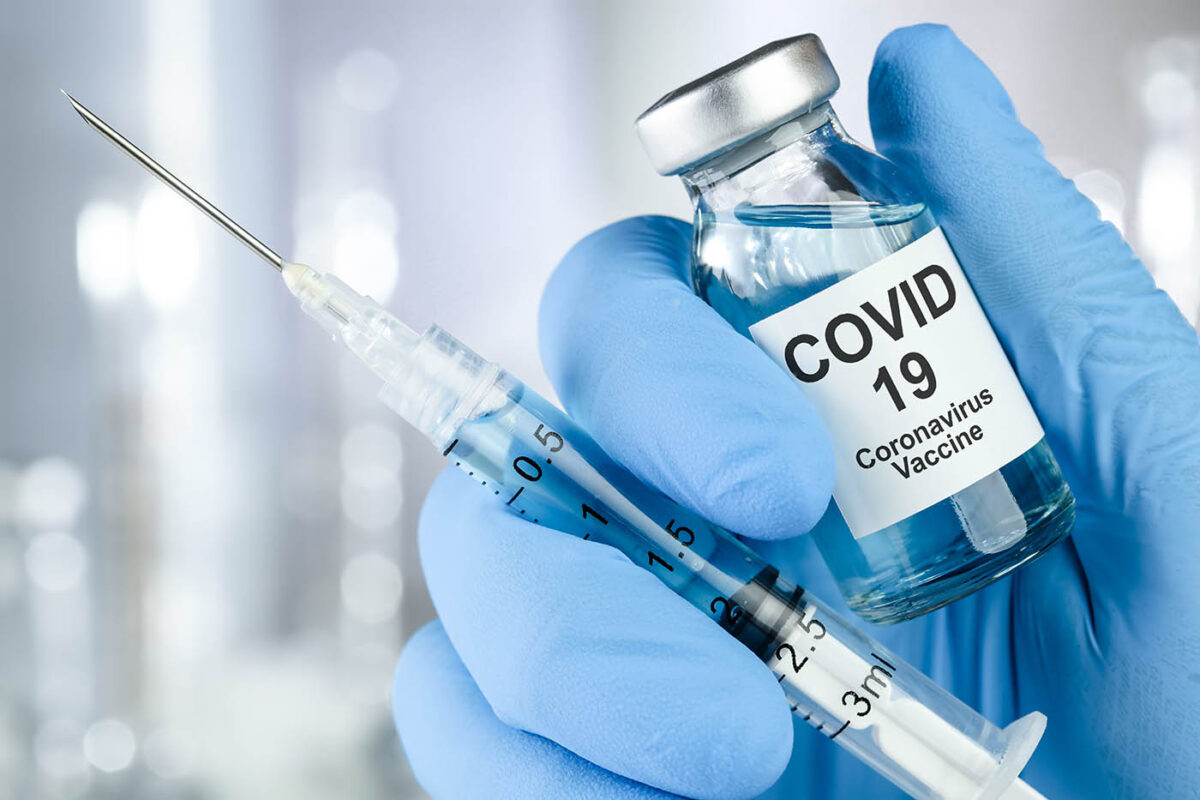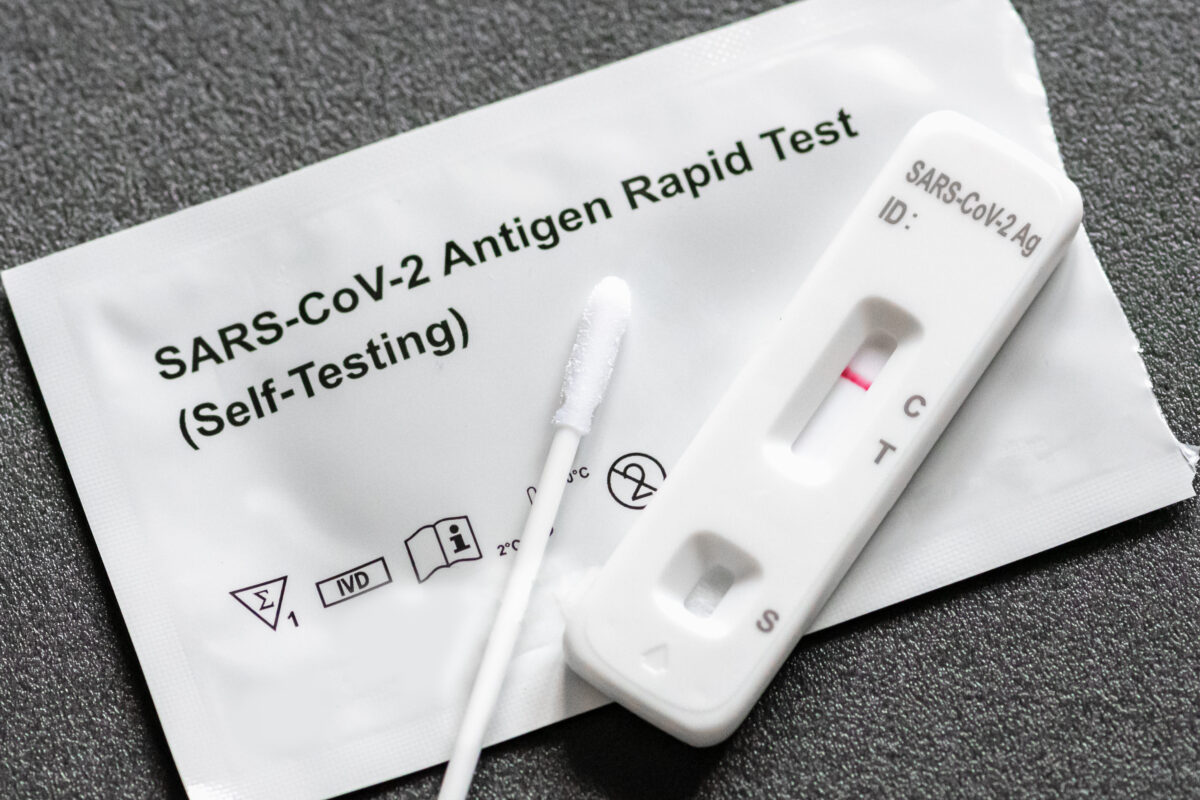
A newly enhanced data tool shows that public health funding commitments from state and local governments have declined in recent years, a trend that is especially concerning in light of the current COVID-19 public health emergency.
The State Health Access Data Assistance Center (SHADAC) has released a new addition to its State Health Compare tool to assess per-capita public health funding levels by state. The tool utilizes data from Trust for America’s Health, a nonpartisan organization that collects and analyzes data on state public health spending through publically available budget information.
An accompanying issue brief from SHADAC notes public health funding commitments from state and local governments have recently declined. Additionally, there is significant variation in per-capita public health funding by state. In 2019, the District of Columbia spent the most with $363 per person; Missouri spent the least at $7 per person. Arkansas had the 18th highest per-person state public health funding in 2019 with $48.
Per-capita public health funding in Arkansas has remained steady since 2011, but it has been higher: In 2005, the earliest year for which comparable data are available, spending was $51 per person. If funding levels from 2005 had merely kept pace with standard inflation, per-capita spending would have been approximately $66 in 2019. A graph showing the overall trend for the state from 2005 to 2019 is available on the SHADAC State Health Compare tool.
This information comes at a critical time as state and local governments are on the front lines of combatting the COVID-19 pandemic. There has been considerable critique of states’ limitations in responding to COVID-19, including a lack of adequate testing resources for state public health labs and many other issues. Moving forward, it will be imperative for state and local governments to reassess their commitments to public health spending, both in response to the current crisis and in preparation for future crises.






